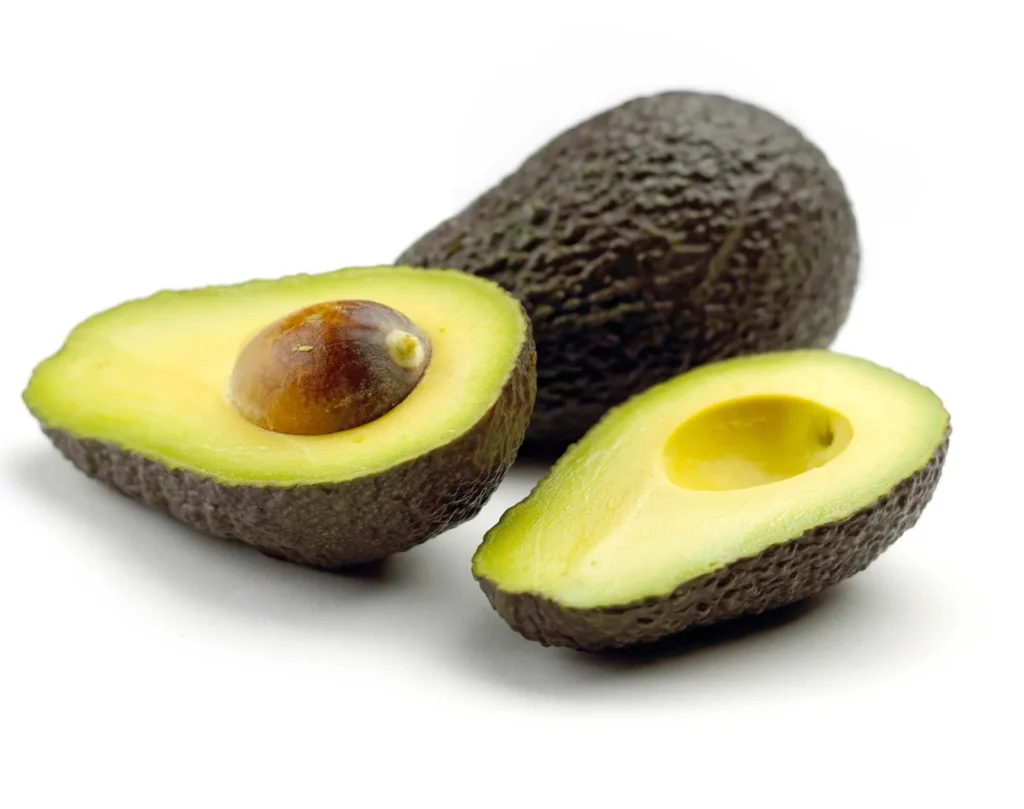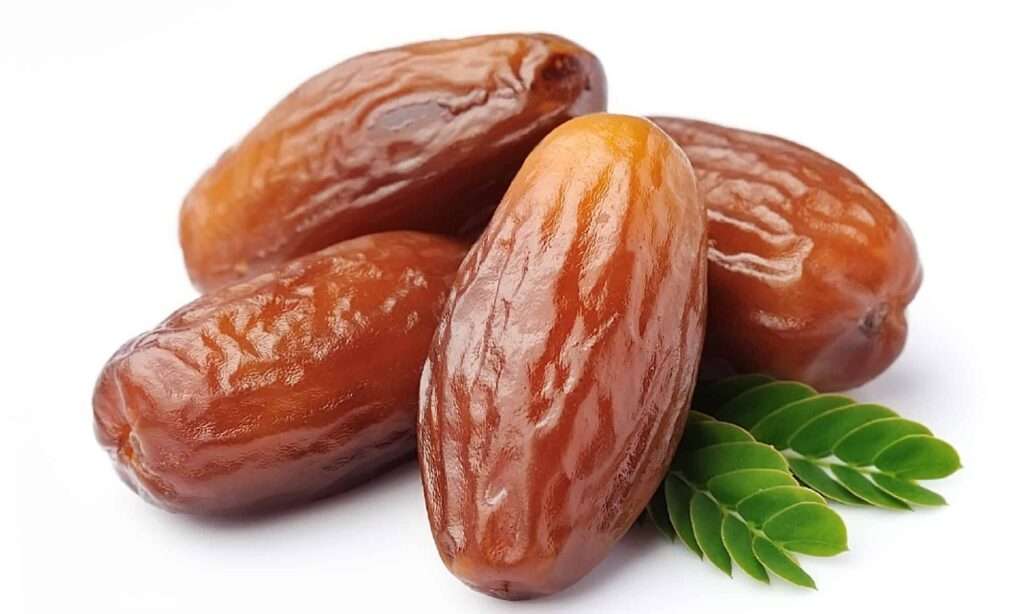
Description
Its nearly spherical fruits, which have a sweet, juicy interior and a leathery, fatty peel, are referred to as oranges. The exterior layer of an orange’s hard, shining orange peel contains acid. The fruit is separated internally into “segments” that have numerous tiny portions of juice inside and thin, strong skins holding them all together. Oranges typically have ten segments, although occasionally there are more or fewer.
The flesh of the fruit termed as hesperidium, is separated into carpels. There are numerous variations, but the pulp of the sweet orange fruit is typically orange in color and spherical in shape.
Varieties
The sweet orange (C. sinensis) and the bitter orange (C. aurantium) are the two main types of oranges. variety of sweet oranges There are four categories of sweet orange, each with its own characteristics: The blood orange, navel orange, and acid-free orange are common oranges.
There are several varieties of bitter oranges, including the Seville orange, the bergamot orange (C. bergamia Risso), the trifoliate orange (Poncirus trifoliata), and certain Asian fruits. Japan’s Naruto and Sanbo are two examples. Indian Kitchli Taiwan’s Nanshodaidai.

Uses
The most important orange-derived product is concentrated orange juice. Essential oils, candied peel, pectin, and orange marmalade are a few of the essential by-products. Oranges from Seville or those with a sour flavour are grown specifically for marmalade.
Nutrition
One normal-sized orange has:
60 calories
3 g of fiber
12 g of sugar
1 g of protein
14 mg of vitamin A
70 mg of vitamin C
237 mg of potassium
15.4 g of carbohydrates
Cultivation
Oranges thrive in climates with intermittent mild frosts during the winter. From very sandy soils to very thick clay loams, the trees may grow in a variety of soil types, although they thrive in intermediate soil types. Orange trees are often budded on stocks created from selected tree seeds. The seedlings are grown in a lath house for about a year in well-prepared soil before being moved to a nursery.
Table





